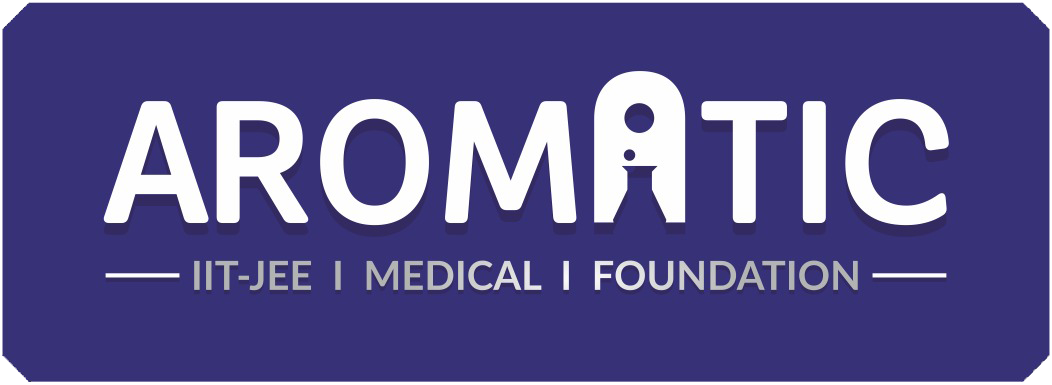NITs
NITs and locations, sorted by date of establishment | |||||||
No | Name | Founded | Established | City/Town | State/UT | No. of seats | |
1 | NIT Allahabad | 1961 | 2001 | Allahabad | Uttar Pradesh | 878 | |
2 | NIT Bhopal | 1960 | 2002 | Bhopal | Madhya Pradesh | 948 | |
3 | NIT Calicut | 1961 | 2002 | Calicut | Kerala | 956 | |
4 | NIT Hamirpur | 1986 | 2002 | Hamirpur | Himachal Pradesh | 745 | |
5 | NIT Jaipur | 1963 | 2002 | Jaipur | Rajasthan | 739 | |
6 | NIT Jalandhar | 1987 | 2002 | Jalandhar | Punjab | 807 | |
7 | NIT Jamshedpur | 1960 | 2002 | Jamshedpur | Jharkhand | 657 | |
8 | NIT Kurukshetra | 1963 | 2002 | Kurukshetra | Haryana | 862 | |
9 | NIT Nagpur | 1960 | 2002 | Nagpur | Maharashtra | 930 | |
10 | NIT Rourkela | 1961 | 2002 | Rourkela | Odisha | 887 | |
11 | NIT Silchar | 1967 | 2002 | Silchar | Assam | 688 | |
12 | NIT Karnataka | 1960 | 2002 | Mangalore | Karnataka | 782 | |
13 | NIT Warangal | 1959 | 2002 | Warangal | Telangana | 817 | |
14 | NIT Durgapur | 1960 | 2003 | Durgapur | West Bengal | 725 | |
15 | NIT Srinagar | 1960 | 2003 | Srinagar | Jammu and Kashmir | 672 | |
16 | NIT Surat | 1961 | 2003 | Surat | Gujarat | 899 | |
17 | NIT Trichy | 1964 | 2003 | Trichy | Tamil Nadu | 831 | |
18 | NIT Patna | 1886 | 2004 | Patna | Bihar | 680 | |
19 | NIT Raipur | 1956 | 2005 | Raipur | Chhattisgarh | 975 | |
20 | NIT Agartala | 1965 | 2006 | Agartala | Tripura | 877 | |
21 | NIT Arunachal Pradesh | 2010 | 2010 | Yupia | Arunachal Pradesh | 190 | |
22 | NIT Delhi | 2010 | 2010 | New Delhi | Delhi | 182 | |
23 | NIT Goa | 2010 | 2010 | Farmagudi | Goa | 150 | |
24 | NIT Manipur | 2010 | 2010 | Imphal | Manipur | 180 | |
25 | NIT Meghalaya | 2010 | 2010 | Shillong | Meghalaya | 152 | |
26 | NIT Mizoram | 2010 | 2010 | Aizawl | Mizoram | 150 | |
27 | NIT Nagaland | 2010 | 2010 | Dimapur | Nagaland | 180 | |
28 | NIT Puducherry | 2010 | 2010 | Karaikal | Puducherry | 240 | |
29 | NIT Sikkim | 2010 | 2010 | Ravangla | Sikkim | 204 | |
30 | NIT Uttarakhand | 2010 | 2010 | Srinagar | Uttarakhand | 150 | |
31 | NIT Andhra Pradesh | 2015 | 2015 | Tadepalligudem | Andhra Pradesh | 487 | |
About NITs – National Institutes of Technology
The National Institutes of Technology (NITs): are a group of higher education engineering institutes in India. Comprising thirty autonomous institutes, they are located in one each major state/territory of India. On their inception decades ago, all NITs were referred to as Regional Engineering Colleges (RECs) and were governed by their respective state governments. A parliamentary legislation in 2002 brought them under the direct purview of India’s federal government. In 2007, through legislation, the Indian government declared these schools as Institutes of National Importance at par with the Indian Institutes of Technology.
NITs were found to promote regional diversity and multi-cultural understanding in India. Therefore, in the NIT school system, 50% of the student population in each batch is drawn from the respective state of the NIT and the other 50% is drawn from the rest of India on a common merit list. This is different than the Indian Institutes of Technology or IITs – another prominent engineering school system in India. An IIT need not accept specified number of students from any region of India as the IIT admission criteria is based only on the performance of a student in an entrance examination.
NITs offer degree courses at bachelors, masters, and doctorate levels in various branches of engineering and technology. Various nationwide college surveys rate most of the NITs over other colleges in India, except for the IITs and a few other institutions. NITs function autonomously, similarly to IITs, sharing only entrance tests. The autonomy enables the NITs to set up their own curriculum, thereby making it easier to adapt to changing industry requirements. The admissions to the Undergraduate Programmes at these institutions for all Indian and Foreign nationals are made through the Joint Entrance Examination (JEE) Main.
